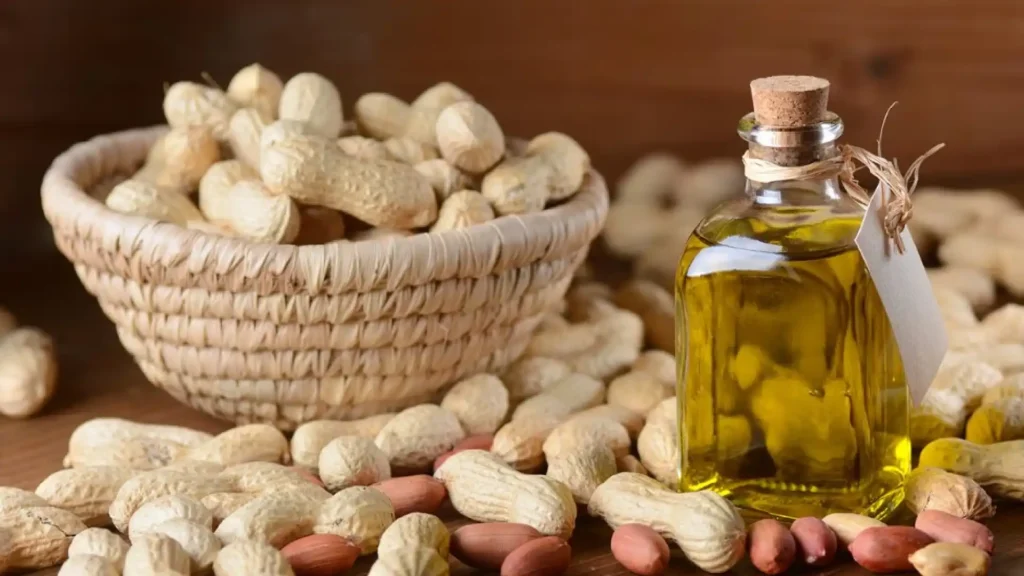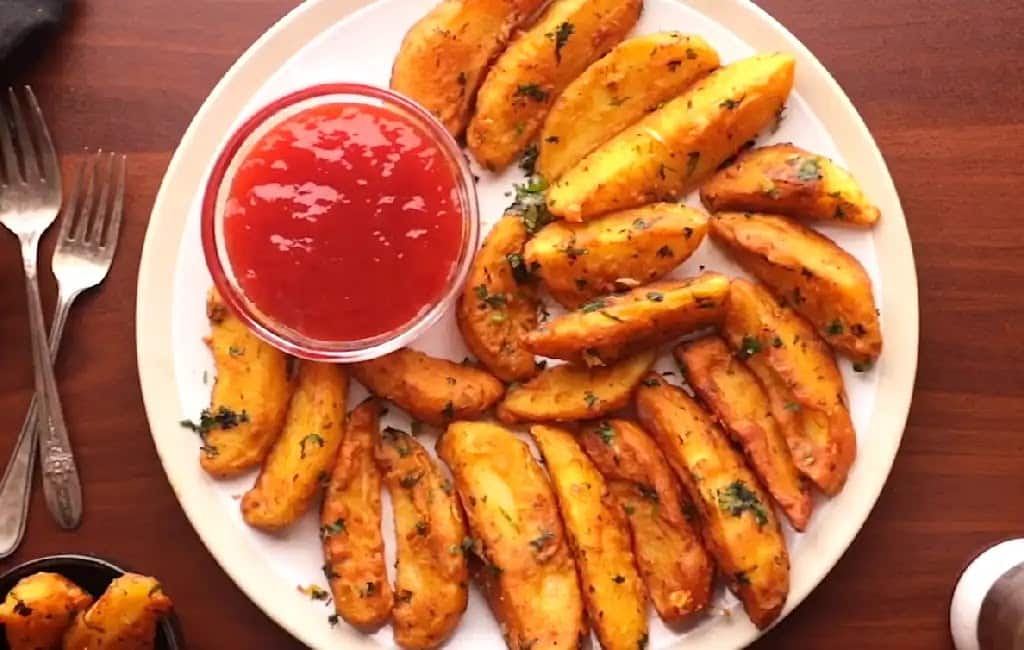Have you ever stared down a sea of cooking oils at the grocery store, feeling utterly lost? You’re not alone! Choosing the right oil can feel like deciphering a secret culinary code. But fear not, fellow foodie! Today, we’ll tackle a common question that haunts home cooks everywhere: can you mix peanut and vegetable oil?
This isn’t just about technicalities; it’s about unlocking a world of flavor and confidence in the kitchen. Imagine the exhilaration of creating a stir-fry that bursts with vibrant colors and tantalizing aromas. Or picture the pure satisfaction of searing a steak to juicy perfection with a golden-brown crust. You can make your dishes spectacular by knowing how to mix peanut oil and vegetable oil.
A Guide to Your How Can You Mix Peanut and Vegetable Oil?
Ever craved a restaurant-quality stir-fry brimming with fresh vegetables and tender protein? The secret weapon for achieving that restaurant-worthy sizzle is peanut oil! With a high smoke point of 450°F/230°C, this oil is excellent for deep-frying and stir-frying. But that’s not all! It offers a subtle nutty aroma that adds depth and complexity to Asian-inspired dishes. Imagining the scent of intoxicating stir-fries in your kitchen is enough to make your taste buds water!
Vegetable Oil: The Versatile Champion
Now, let’s get to know vegetable oil. This isn’t one specific oil; it’s a broad term encompassing different plant-based oils like canola, soybean, and sunflower. Each has its own unique properties, but generally, vegetable oil offers a neutral flavor, making it a fantastic all-rounder. It’s suitable for a variety of cooking applications, from sauteing to baking, and its affordability makes it a kitchen staple.
Can You Combine Peanut and Vegetable Oil? You Bet!
There’s no need to shed a tear over this question anymore! The answer is a resounding yes! There’s no chemical reaction or safety hazard associated with mixing peanut and vegetable oil. It’s like having two talented chefs in your kitchen, each with their own strengths. But before you unleash your inner mixing master, let’s explore some things to consider:
- Smoke Point: This is crucial for high-heat cooking. Searing a steak requires an oil with a high smoke point, like peanut oil. But for sauteing veggies, combining peanut oil with a neutral vegetable oil can add a touch of nuttiness without compromising on the cooking temperature.
- Flavor Profile: Peanut oil has a subtle nuttiness, which can be wonderful in certain dishes. However, it can overpower delicate flavors. Mixing it with vegetable oil can help dilute the peanut flavor if you prefer a milder taste.
- Nutritional Profile: Be mindful of the calorie content. Peanut oil is higher in calories than some vegetable oils. So, adjust your portions accordingly, and remember, a little oil goes a long way!
Ultimately, the decision to mix these oils depends on your specific recipe and desired outcome. Experiment and find what works best for you! Don’t be afraid to get creative – that’s what cooking is all about!

Choosing the Right Oil for the Job – Master Your Kitchen Arsenal!
Now that you’ve conquered the peanut and vegetable oil mystery let’s explore some general oil usage tips to transform you into a confident culinary crusader:
- Store your oils in a cool, dark place away from heat and light. This keeps them fresh and prevents them from going rancid.
- Read the label! Pay attention to the “best by” date, and don’t use oil past its prime.
- Less is more. A little oil goes a long way. Add more if necessary after starting with a small amount. Nobody wants a greasy dish!
- Oil disposal matters. Don’t pour used oil down the drain! The substance can clog pipes and harm the environment. Let it cool completely, then discard it responsibly according to your local regulations.
Embrace the Magic of Oil!
By understanding the properties of different oils and the wonders of mixing peanut and vegetable oil, you can unlock a world of culinary possibilities. Don’t be afraid to experiment! Embrace the confidence that comes with knowing how to choose the
FAQs
Que: Is peanut oil healthy?
- Ans: Yes, a good source of healthy fats, but high in calories. Be mindful of allergies.
Que: High-heat alternatives?
- Ans: Avocado, grapeseed, or refined sunflower oil. All high smoke points, neutral flavor.
Que: Salad dressing oil?
- Ans: Choose neutral flavors like canola, light olive, or even a subtle avocado oil.
Que: Reusing cooking oil?
- Ans: Yes, for shallow frying, but strain & discard after a few uses. Don’t reuse heavily smoked oil!
Que: Signs of bad oil?
- Ans: Off odor, lower smoke point, or bitter taste. Time to say goodbye!


